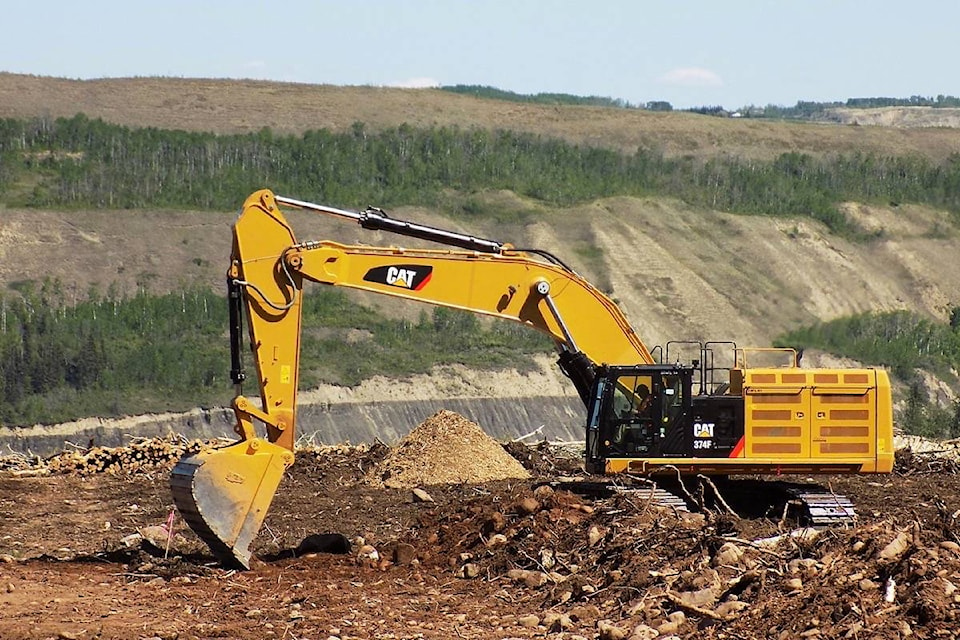BC Hydro says a road realignment project to make way for the Site C dam on the Peace River would not “pave over” a sweatlodge and disrupt an aboriginal burial site, contrary to claims made by B.C. Green Party leader Andrew Weaver Wednesday.
BC Hydro issued a statement in response to Weaver’s claims, made after a tour of the area this week.
“We are aware of West Moberly and Prophet River First Nation’s concerns about construction activities in the Cache Creek/Bear Flat area in the vicinity of the sweat lodge,” the statement says.
“It is not true that we plan to pave over the sweat lodge. In response to the concerns from the West Moberly and Prophet River First Nations, we have refined the design of Highway 29 to increase the distance between the highway realignment and the sweat lodge. While we acknowledge that the sweat lodge would be in closer proximity to the new road, we determined that we could move the highway an additional eight metres to the north to accommodate planting vegetation or noise abatement measures on the south side.
“These measures would act as a buffer between the sweat lodge and the highway. The total distance from the centre line of the highway to the sweat lodge is now 45 metres. In addition, we are willing to discuss other mitigation measures in relation to the sweat lodge, including constructing a new spiritual centre or other additional cultural facilities elsewhere in the Cache Creek/Bear Flat area.
“Following extensive archeological work, BC Hydro has not confirmed any Aboriginal burial sites in the project area; however, we continue to listen and investigate specific sites as advised by First Nations communities.
“In March, the West Moberly and Prophet River First Nations notified BC Hydro of the location of a potential burial site. We have refined the design of Highway 29 to lengthen the bridge by 50 metres to avoid ground disturbance of this site, and raised the height of the bridge to provide about two metres clearance above the specific site to avoid disturbing the site.
“We are meeting with them this week to further discuss their concerns.”
Weaver spoke to reporters in Victoria after touring the area with the project’s most vocal opponents, leaders of the West Moberly and Prophet River First Nations and Ken and Arlene Boon, the farmers who have refused to move from the area affected by the construction and eventual flooding near Fort St. John.
“What’s remarkable about all of this is that there are a number of options for the road,” Weaver said. “They could continue building the road, but the road does not have to be the option that goes through the sweatlodge, through the Boons’ house and through another house down the road and across a burial site.”
The location of the sweatlodge is “new information,” Weaver said. He was not able to say how long it has been there.
Weaver reiterated the reasons why he wants the Site C project stopped, two years into construction with $1.7 billion spent and more committed to major earthworks and powerhouse contracts. He said he supported the original proposal in 2009 when the estimated cost was less than $6 billion, but now the cost is estimated at nearly $9 billion and he expects it to go higher.
Based on the higher cost, BC Hydro would lose money on power supply agreements with major liquefied natural gas producers that have yet to commit to construction, he said.
Premier Christy Clark made her own trip to Fort St. John this week, to meet with local B.C. Liberal MLAs and tout the employment benefits of the project. More than 2,200 people are working on the site, with a construction timeline leading to the dam coming online in 2024.
more to come…



